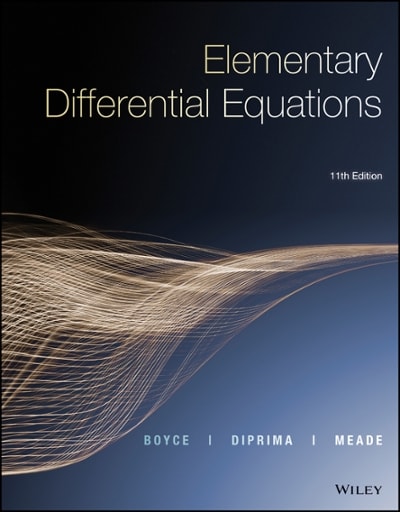Solve with precision
The number of claims arising in one year from a group of policies follows a Poisson distribution with mean 12. The claim sizes independently follow an exponential distribution with mean $80 and they are independent of the number of claims. The current financial year has six months remaining. Calculate the mean and the standard deviation of the total claim amount which arises during this remaining six months. [4] Consider the discrete random variable ) with probability function 4 {atl > *=0, 1, 2, ... (i) Show that the moment generating function of the distribution of X is given by M x (1) = 4(5-2'). for e : 5. [3] (ii) Determinc E[X] using the moment generating function given in part (i). [3] [Total 6] A charity issues a large number of certificates each costing $1 0 and each being repayable one year after issue. Of these certificates, 1% are randomly selected to receive a prize of $10 such that they are repaid as f20. The remaining 99% are repaid at their face value of $10. (i) Show that the mean and standard deviation of the sum repaid for a single purchased certificate are (10.1 and 60.995 respectively. [2] Consider a person who purchases 200 of these certificates. (ii) Calculate approximately the probability that this person is repaid more than f2,040 by using the Central Limit Theorem applied to the total sum repaid. [3] (iii) An alternative approach to approximationg the probability in (ii) above is based on the number of prize certificates the person is found to hold. This number will follow a binomial distribution. Use a Poisson approximation to this binomial distribution to approximate the probability that this person is repaid more than (2,040. [3] (iv) Comment briefly on the comparison of the two approximations above given that the exact probability using the binomial distribution is 0.0517. [1] [Total 9]For a particular investigation the hazard of mortality is assumed to take the form: A(!) - AIBt where A and # are constants and r represents time. For each life i in the investigation ( = 1, ..., n) information was collected on the length of time the life was observed t; and whether the life exited due to death (6; = 1 if the life died, 0 otherwise). (i) Show that the likelihood of the data is given by: L = [I (A+ Br; )" exp[-At; - - Br] ]. [3] i-l (ii) Derive two simultancous equations from which the maximum likelihood estimates of the parameters A and B can be calculated. [Total 6] (i) List the advantages and disadvantages of using models in actuarial work. (4] A new town is planned in a currently rural area. A model is to be developed to recommend the number and size of schools required in the new town. The proposed modelling approach is as follows: . The current age distribution of the population in the area is multiplied by the planned population of the new town to produce an initial population distribution. . Current national fertility and mortality rates by age are used to estimate births and deaths. The births and deaths are applied to the initial population distribution to generate a projected distribution of the town's population by age for each future year, and hence the number of school age children. (ii) Discuss the appropriateness of the proposed modelling approach [5] [Total 9/








